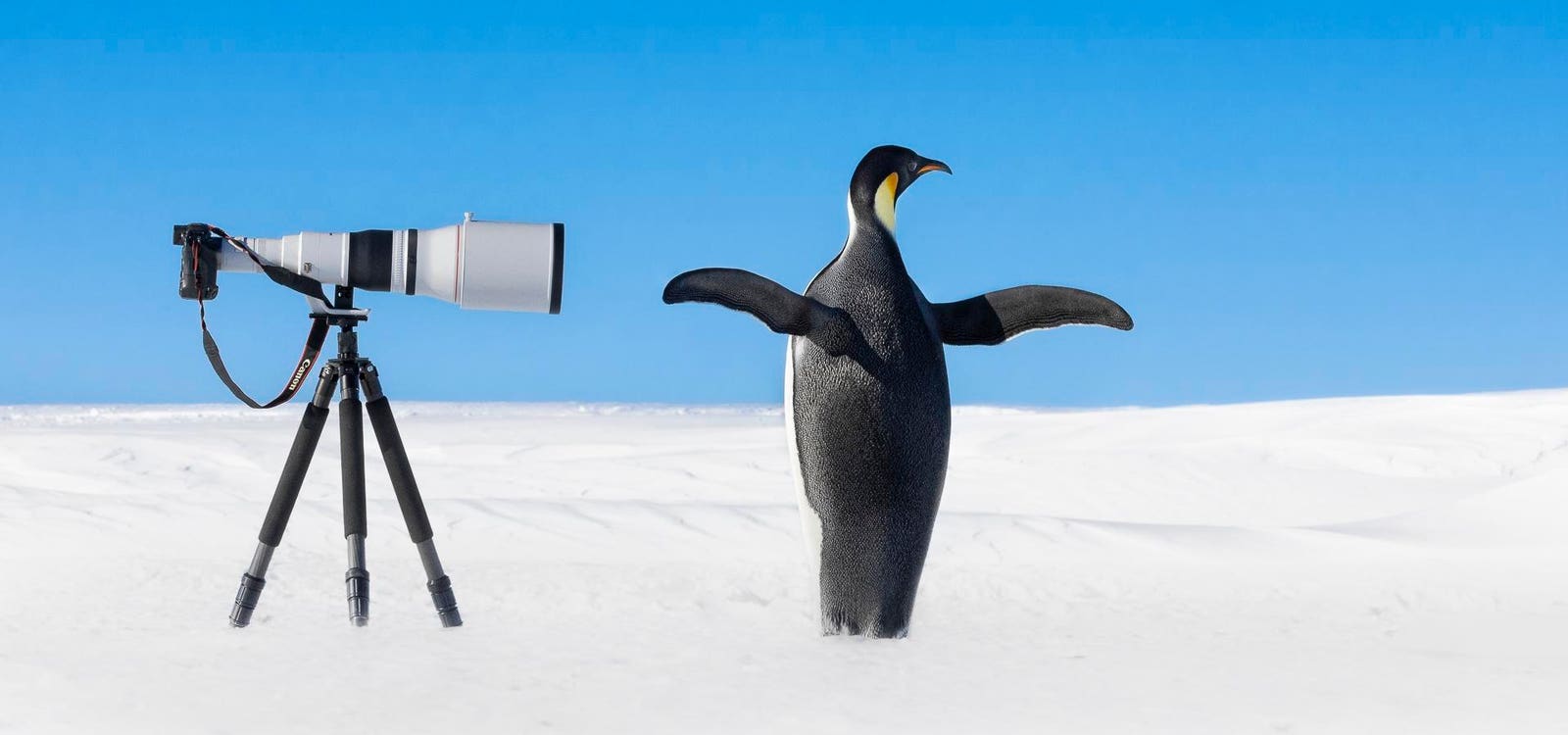Ash plume and pyroclastic flow at Mount Etna, Italy, on June 2, 2025. (AP Photo/Giuseppe Distefano)
A pyroclastic flow occurred on Monday June 2, 2025 on Italy’s Mount Etna, Europe’s largest active volcano, producing a huge plume of ash and sending tourists running. Authorities said there was no current danger to the population and also the Catania–Fontanarossa Airport (one of Europe’s busiest airports) remains unaffected.
Photos show that a smaller portion of the Southeast Crater collapsed, triggering the pyroclastic flow — an avalanche of hot ash, gas and rock fragments. Fortunately, the flow moved away from a group of tourist hiking around the summit area, heading instead towards the Valle del Leone and the Valle del Bove, both uninhabited areas.
A satellite image taken by Sentinel 2 and shared by the Civil Protection Department shows the summit area, the white to grey pyroclastic flow, a reddish plume of ash followed by a lava flow moving towards Valle del Bove. The Valle del Bove is a vast plain of dark lava rocks formed during an eruption in 1971.
A satellite image taken by Sentinel 2 and shared by the Civil Protection Department shows the … More
Since March of this year the Southeast Crater showed signs of activity with smaller explosions and moderate lava flows. But there have been similar larger events in the past few years, such as on September 21, 2021, February 10, 2022, June 10, 2022 and on February 11, 2014.
“Etna is often considered a “gentle” and “non-explosive” volcano, whose activity is mainly characterized by the emission of lava flows, “ writes Boris Behncke, a volcanologist at the National Institute of Geophysics and Volcanology, on his social media profile. ”Instead, it is an extremely versatile volcano, and especially in the last 25 to 30 years there has been a significant increase in the frequency of highly explosive events. These often manifest itself in the form of short, very violent episodes, known as paroxisms or lava fountain episodes, exclusively to the summit craters of the volcano, and especially to the youngest of the four summit craters — the Southeast Crater (formed just 24 years ago).”








